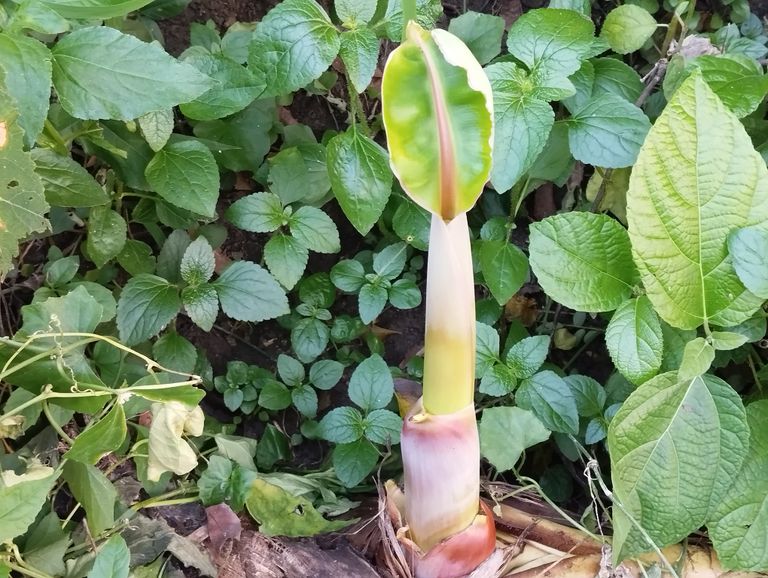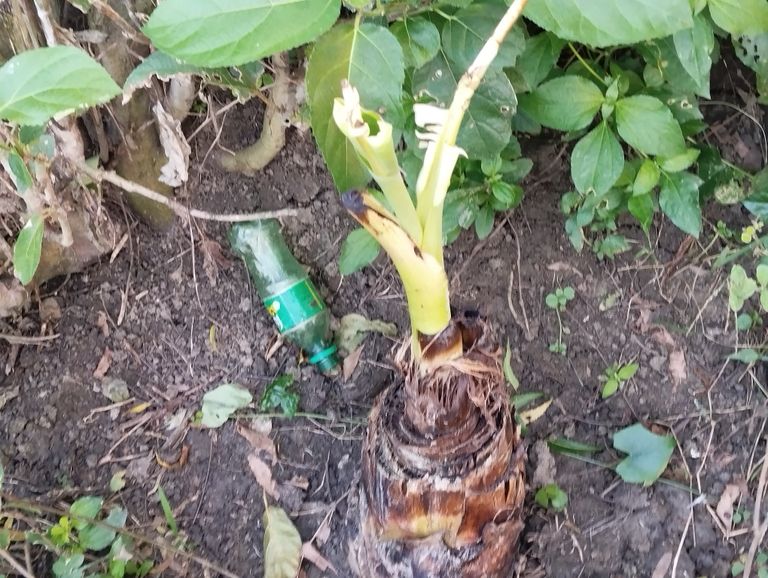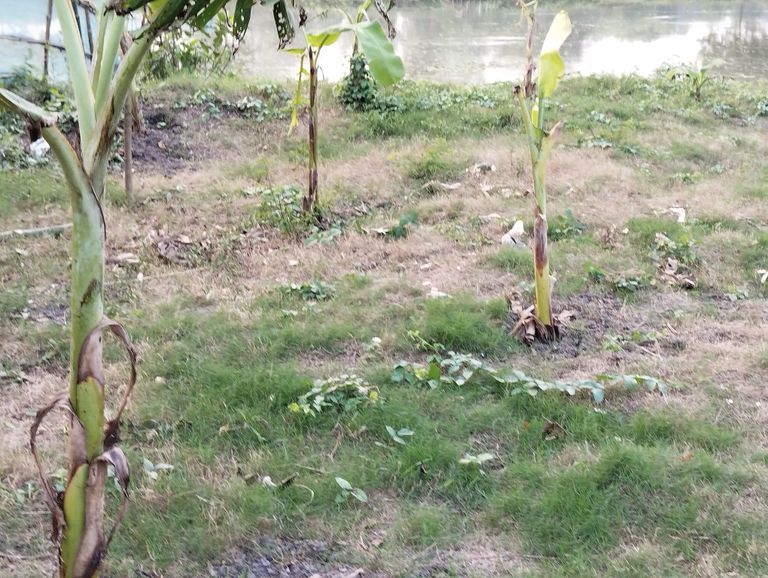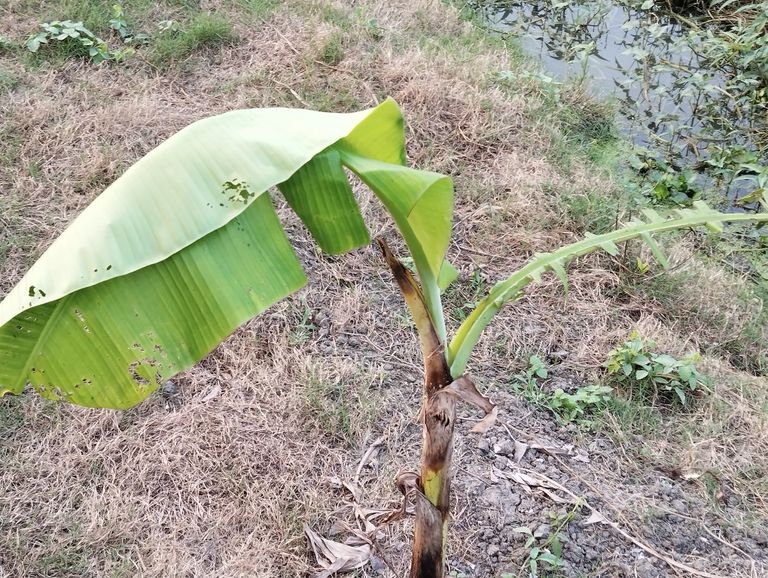
Understanding the Banana Plant: Nature’s Gift to Humanity.
The banana plant, commonly referred to as Musa spp., is one of the most well-known plants across the world. Often mistaken for a tree due to its height and sturdy appearance, the banana plant is technically a large herbaceous plant that belongs to the Musaceae family. Native to tropical regions of Southeast Asia and the Pacific, the banana plant has spread worldwide, becoming a staple food source and an integral part of the global agricultural industry. Beyond its fruit, which is widely consumed for its sweet and nutritious properties, the banana plant has numerous other uses, from its leaves to its fibers.
Biological Structure of the Banana Plant
Despite appearances, the banana plant does not have a true trunk. Its "pseudostem" is a cylinder formed by tightly packed leaf sheaths. This structure can grow up to 30 feet tall, supporting a canopy of large, broad leaves that can measure over 9 feet in length. Each pseudostem produces only one bunch of bananas before dying back, and then new pseudostems sprout from underground rhizomes, allowing the plant to regenerate and continue producing fruit.
The Life Cycle and Growth Process
Banana plants have a unique growth cycle. Starting from a rhizome, the plant sprouts a young pseudostem that pushes upward, and new leaves emerge in a circular pattern. It generally takes about 9 to 12 months for a banana plant to mature and produce fruit. Once mature, the plant develops a flowering stalk that bears fruit clusters known as "hands." These bananas mature over several months, and when fully ripe, they are harvested for consumption. After this, the pseudostem dies, while new shoots take its place, continuing the cycle.
Nutritional Value and Health Benefits of Bananas
Bananas are packed with essential nutrients, including potassium, vitamin C, vitamin B6, and fiber. A single banana can provide a quick source of energy, making it popular among athletes and anyone in need of a natural energy boost. The high potassium content supports heart health by regulating blood pressure, while vitamin B6 is essential for brain health and red blood cell production. Bananas are also known for their natural sugars and fibers, which aid in digestion and help maintain steady blood sugar levels.
Cultural and Culinary Significance
In many cultures, bananas are more than just food; they are deeply woven into traditions, rituals, and cuisines. In South Asia, for instance, banana leaves are commonly used as natural plates, adding an earthy flavor to the food. The plant’s fiber is also used in crafting textiles, ropes, and other materials in various parts of Asia and Africa. Furthermore, banana flowers, stems, and even peels are edible and often incorporated into traditional dishes, especially in Southeast Asia.
Environmental Benefits
Banana plants play an essential role in tropical ecosystems. They help prevent soil erosion thanks to their extensive root systems and dense canopy, which shields the soil from heavy rainfall. Banana plantations also contribute to the local microclimate, helping to maintain humidity levels, which benefits nearby plants and animals.




Challenges in Banana Cultivation
Despite their global popularity, bananas face several agricultural challenges. Disease and pests, such as the Panama disease (caused by the Fusarium fungus), threaten banana crops worldwide. Panama disease has already devastated many banana varieties, leading researchers to develop disease-resistant strains. Climate change also poses a risk, as it affects the growing conditions for bananas, with higher temperatures and unpredictable weather patterns potentially reducing yields.
The Future of the Banana Plant
Scientists and agricultural experts continue to explore ways to preserve and enhance banana cultivation. Efforts include breeding disease-resistant varieties, promoting organic farming practices, and researching sustainable agricultural methods. With these advancements, the banana plant will hopefully remain a valuable resource for future generations.
Conclusion
The banana plant is a marvel of nature, providing food, materials, and ecological benefits. Its resilience and versatility make it an essential part of life in tropical regions, and its impact on global cuisine, economy, and culture is undeniable. As we continue to protect and cherish this plant, we also ensure the preservation of biodiversity and the sustenance of millions worldwide.
Please edit this post and resubmit it without the "mistake" note to maintain a professional appearance. It looks unprofessional to receive a Blurt booster vote on a post with "mistake" written in it.
Congratulations, your post has been upvoted by @dsc-r2cornell, which is the curating account for @R2cornell's Discord Community.
Enhorabuena, su "post" ha sido "up-voted" por @dsc-r2cornell, que es la "cuenta curating" de la Comunidad de la Discordia de @R2cornell.